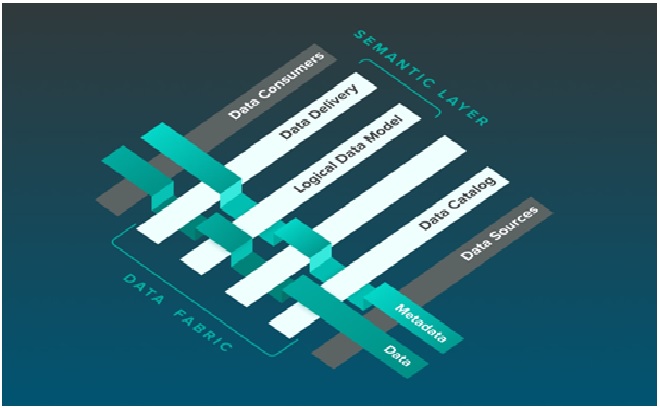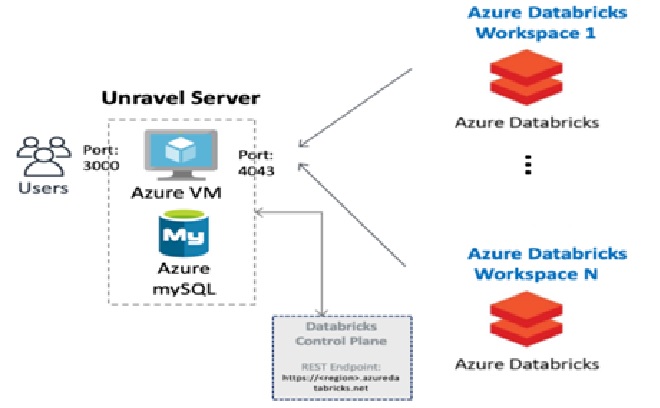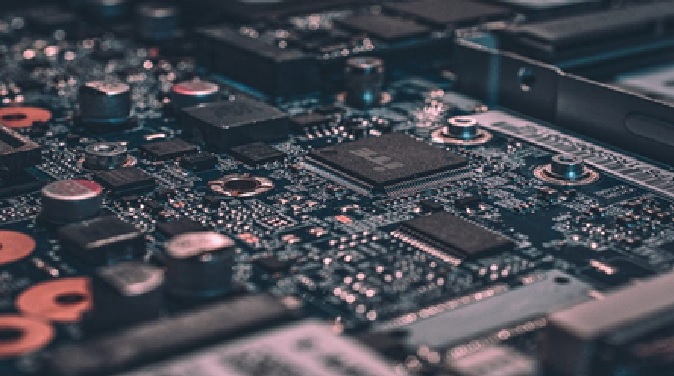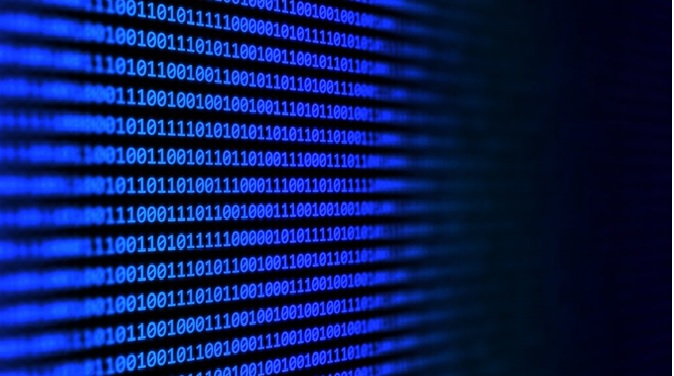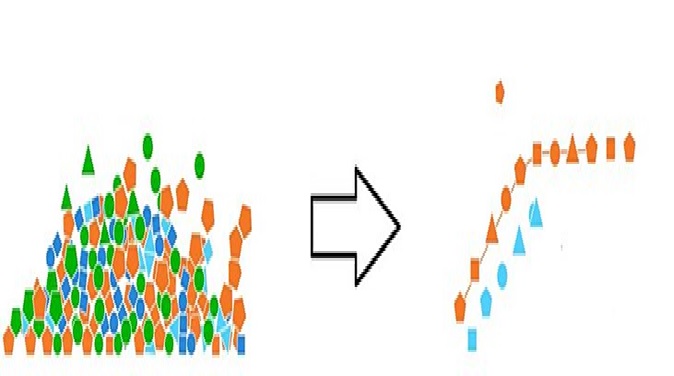Researcher Developed a New Watermark Data Storage from Radiation
University of Alabama in Huntsville (UAH) professors developeda new method of radiation-resistant computer data storage called watermark storage. “Data-driven analytics are growing exponentially for space and nuclear environments,” says Dr. Biswajit Ray.

Figure 1: A new method of radiation-resistant computer data storage
Figure 1 shows thatthe new storage system doesn’t rely on an electronic charge for NAND flash storage, as traditional data drives do. NAND stands for the “not and” type of flash memory, which is in common use. Interestingly, the watermark storage method requires no new components. [1]
“We have tested the chips up to 100 krad (Si) and we find clear benefits using our method compared to the traditional charge-based method,” Dr. Ray says “Our method shows a linear response of the bit error rate with a total dose, whereas the traditional method shows an exponential rise,” he says.
While a lot much less data is misplaced in radioactive environments with the watermark technique, there’s a draw back. Data writing time is slower than conventional digital storage, and a few of that draw back could be minimized if NAND chip producers enable a couple of further operations on their chips.
“Writing time for traditional NAND flash media is roughly a few milliseconds per 16kB page, whereas imprinting time in our proposal will be a few seconds,” he says. “So, data writing time will increase by about 1,000 times. However, the proposed technique targets those applications where writing will be done only once and hence it will not be a significant bottleneck.” [2]
Sandia provided support with Cobalt-60 gamma irradiation sources and helped conduct the experiments.The collaboration was contractually supported partly by the U.S. Department of Energy’s Office of Nuclear Energy by its Idaho Operations Office.
Future research will be partially supported by Dr. Ray’s five-year, $650,000 National Science Foundation CAREER grant to create more resilient, durable and energy-efficient computer memory drives. The work will involve further radiation testing of the new technique, Dr. Ray says.
We would like to explore and test this technique for a very high radiation environment such as a total dose of more than 1 megarad (Si),” he says.“At a very high total dose NAND peripheral circuits fail, making the chip non-functional. We plan to work with NAND manufacturers to build rad-hard NAND peripherals. We also plan to evaluate high-dose response by selective shielding of the peripherals.” [3]
References:
- https://www.uah.edu/news/news/uah-team-s-new-technique-protects-data-on-solid-state-drives-from-radiation
- https://www.theblog101.com/new-technique-protects-data-on-solid-state-drives-from-radiation/
- https://sciencenewsnet.in/uah-team-s-new-technique-protects-data-on-solid-state-drives-from-radiation/
Cite this article:
Sri Vasagi K (2022), Researcher Developed a New Watermark Data Storage from Radiation, AnaTechMaz, pp.48


